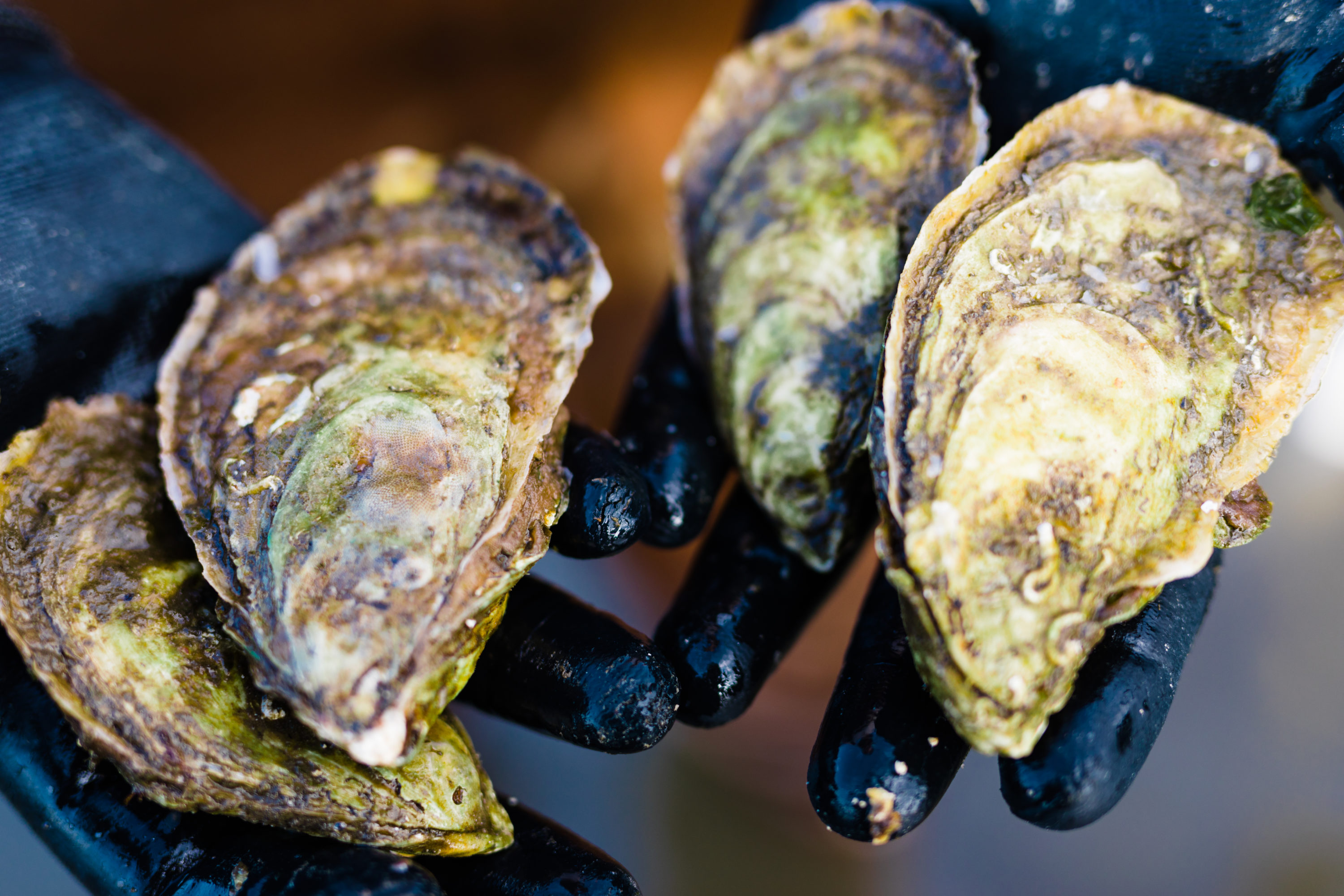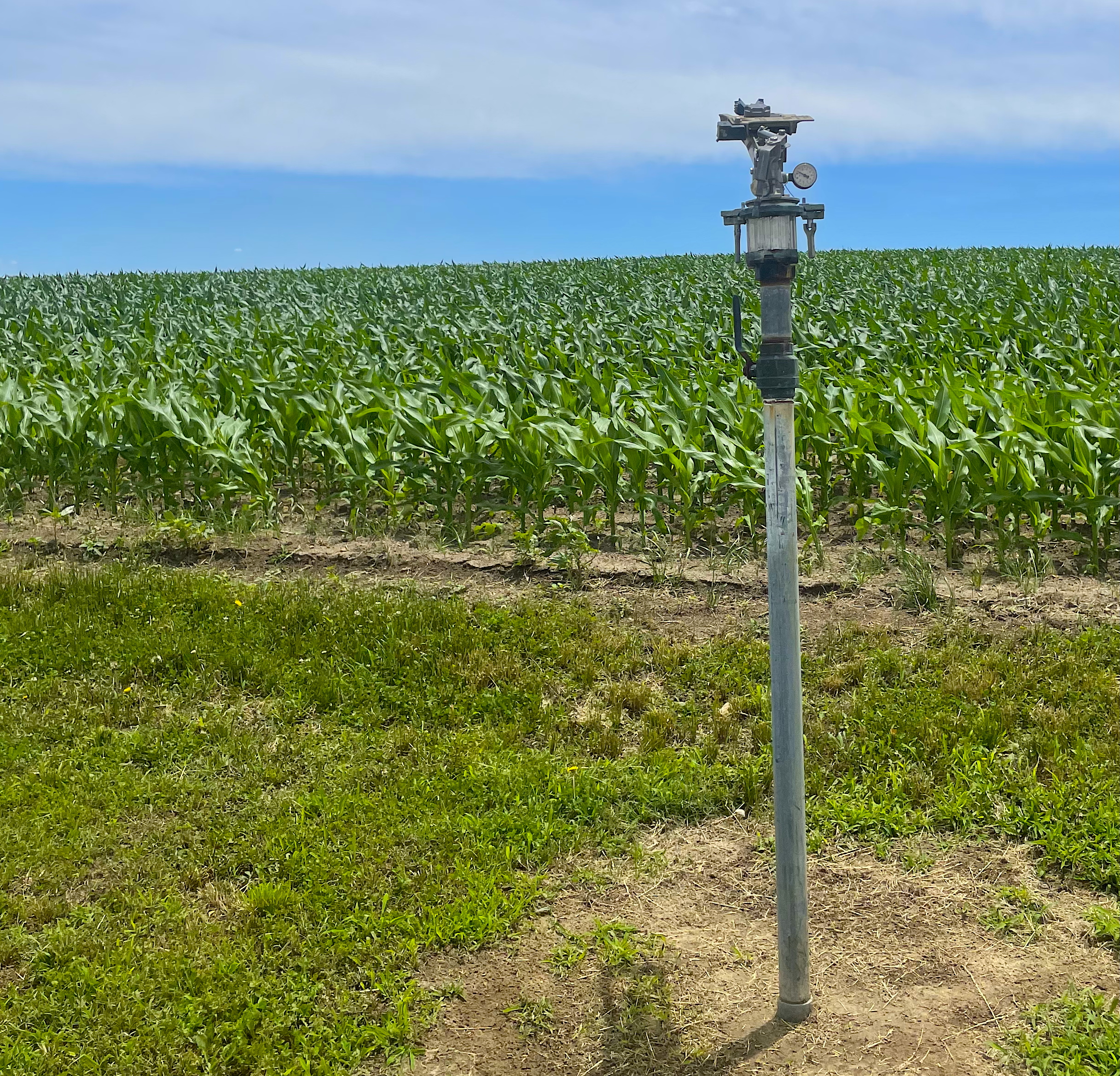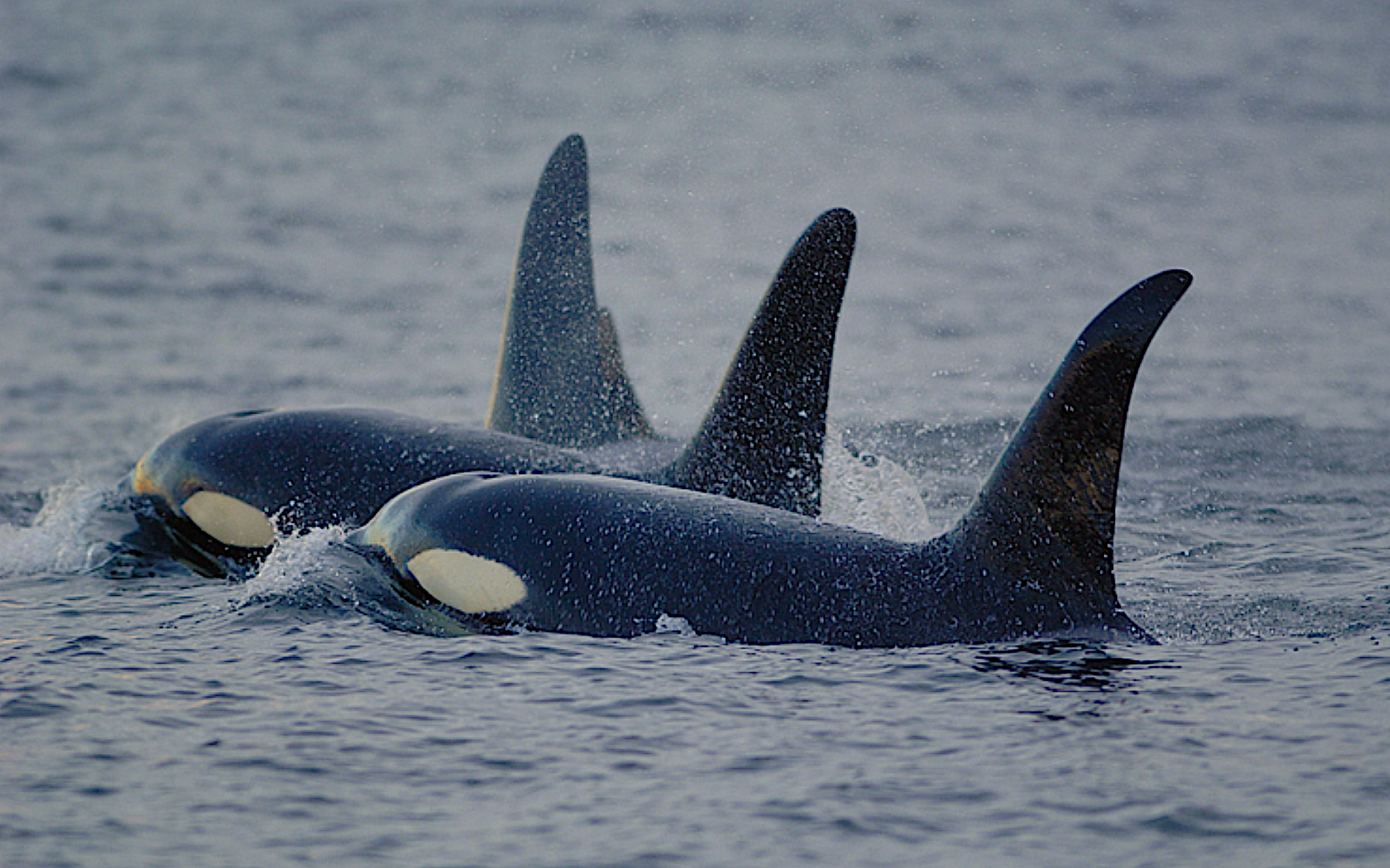When Jim and Bonnie Swartzenberg began farming shellfish near Holly Ridge in 1980, the Onslow County couple could look out across the sound and not see a single rooftop.
“Now it’s wall-to-wall housing,” says Jim Swartzenberg, staring out at a horizon of tall, grey condominiums on North Topsail Beach.
The Swartzenbergs, owners of J&B AquaFood, Inc., rely on the health of the sound for their livelihood. They harvest 1,800 to 2,000 bushels of oysters per year from their shellfish leases. They also plant 50,000 to 60,000 clams per year and harvest about 80 to 90 percent of them.
But nearby, hefty price tags of beachfront real estate are driving many prospective buyers to build their dream houses near rivers and streams that feed into shellfishing areas.
According to Swartzenberg, approximately 40 to 50 houses are being built near Turkey Creek, three-quarters of a mile east of the J&B AquaFood farm.
A half-mile west of the farm, a 75-home development is planned for Kings Creek.
And more are coming.
By 2030, North Carolina will be home to an additional 3.5 million people, according to U.S. Census Bureau estimates. And many are expected to reside on or near our coast.
All of these new homes and people require roads, driveways and parking lots — impervious surfaces that don’t let water percolate into the ground. Instead, water simply washes over or “runs off” the concrete, picking up contaminants such as oil, sand, chemicals and fertilizers and washing them into nearby rivers and streams.
Known as “stormwater runoff,” it is the biggest contributor to nonpoint source pollution in waterways, says Kate Ardizone, water quality planning specialist for North Carolina Sea Grant.
Unlike discharge from “point sources,” such as water treatment plants, nonpoint source pollution is becoming increasingly difficult to control and regulate as populations in coastal North Carolina continue to increase.
‘The more chemicals and unnatural things in the water, the harder it is for oysters to grow,” says Swartzenberg.
And the more dangerous they could be for humans to eat.
“Stormwater runoff is our biggest nonpoint source pollution problem with shellfish harvesting closures,” says Patti Fowler, the assistant chief for shellfish sanitation and recreational water quality, a section of the Division of Environmental Health, which is within the N.C. Department of Environment and Natural Resources.
There are about 2.1 million acres of coastal waters in North Carolina, with approximately 365,000 acres closed to shellfish harvest, according to Fowler. About 40,000 to 50,000 additional acres are deemed “conditionally approved” shellfish harvest areas, and thus may be closed temporarily in the event of heavy rainfall that flushes stormwater runoff into waterways.
“Because some folks are eating these shellfish raw, it is extremely important to make sure they are safe to eat and harvested from approved waters,” says Fowler.
“We can’t let people get sick from eating shellfish,” adds Larry Cahoon, a Sea Grant researcher and University of North Carolina at Wilmington biologist who specializes in water quality issues. “A lot of North Carolina shellfish are exported out of state, and that can create legal and economic concerns.”
COASTAL POPULATION BOOM, WATER QUALITY BUST?
Watershed development is putting pressure on natural resources downstream, according to Cahoon and Mike Mallin, a Sea Grant researcher who studies marine and estuarine ecology at UNCW.
Approximately 95 percent of the clams and 50 percent of the oysters harvested in North Carolina are from south of Cedar Island, or within Carteret, Onslow, Pender, New Hanover and Brunswick counties, says Mallin, citing data from the N.C. Division of Marine Fisheries (DMF).
Many of these counties have experienced phenomenal growth. During the past 15 years, Brunswick County’s population has grown by nearly 60 percent, and New Hanover’s has grown more than 40 percent, according to the U.S. Census Bureau.
“The coastal development pressure is just enormous,” says Caboon, who is also a Wilmington resident. “There is hammering, sawing and bulldozing going on constantly.”
As these areas fill up with transplants and retirees, nearby coastal counties — some with traditionally more rural land — appear to be absorbing the overflow. Since 1990, Pender County’s population is up more than 50 percent, and Carteret County’s is up more than 17 percent.
In Onslow County, population growth didn’t even reach a half percent from 1990 to 2000. But from 2000 to 2004, the county’s population jumped more than 2.5 percent.
Interested in nonpoint sources of coastal pollution, Mallin looked at population trends and shellfish bed closures in Carteret, Onslow, Pender, New Hanover and Brunswick counties from 1984 to 1997. His analysis demonstrated a strong correlation between increases in human population and increases in shellfish bed closures due to high fecal coliform bacterial counts.
Animal droppings, livestock manure and human sewage are all sources of fecal coliform bacteria that can be picked up by runoff. The amount of fecal coliform bacteria in water is a critical factor in determining whether it is safe to harvest shellfish.
The study showed that human population increases alone could explain approximately 70 percent of the variability in annual shellfish area closures caused by fecal coliform bacteria, Mallin reports.
Mallin took his results one step further and examined pollution levels in five estuarine watersheds in the Wilmington area. Each had various configurations of population density, type of land use and development, and intensity of development. His analysis showed a strong correlation between the number of people living in a watershed and the fecal coliform bacteria counts in the closed area.
But the strongest correlation Mallin found was between fecal coliform bacteria counts and percent coverage of impervious surfaces, or developed land.
“For all these watersheds considered collectively, percentage watershed-impervious surface coverage alone explained 95 percent of the variability in average estuarine fecal coliform bacterial concentration,” Mallin reports.
But shellfish farmers, like the Swartzenbergs, don’t need scientific studies to confirm what they already know. After heavy rains, they must temporarily close their shellfish beds because of the polluted runoff.
After about 1.5 inches of rainfall or more, most of the “conditionally approved” shellfish harvest areas are closed, confirms Fowler. Before the areas can be reopened, shellfish sanitation officials must take samples to determine if the levels of fecal coliform bacteria are safe. In order to reopen, water sample results must have a fecal coliform bacteria count of no more than 14 MPN (most probable number) per 100 milliliters.
“Shellfish — oysters, clams and mussels — concentrate bacteria in their stomachs and intestines,” says Fowler, explaining why the fecal coliform bacteria count needs to be low.
“When eating shellfish, we eat the entire organism, including the guts and intestines — it’s not like eating shrimp, where you are consuming just muscle.”
REGULATIONS TO PRESERVE RESOURCES
How can the demand for development and the need for healthy shellfish beds be reconciled?
“Planning ahead,” says Mallin, “so you minimize the amount of impervious surfaces and maximize green space.”
The two major “planning ahead” strategies for nonpoint source pollution in coastal North Carolina are the Coastal Area Management Act (CAMA) land-use plans and the Environmental Protection Agency’s (EPA) Storm Water Rules.
The CAMA land-use plans apply specifically to each of North Carolina’s 20 coastal counties. Using guidelines from the N.C. Coastal Resources Commission (CRC), each county is required to develop its own land-use plan to protect its environmental resources.
The CRC adopted revisions to the planning guidelines in 2002, including a requirement that each county conduct an extensive land-use suitability analysis.
These analyses are intended to help counties meet requirements for future EPA Storm Water Rules, a phased, successive process to address stormwater in urban, suburban and rural areas. For coastal counties with more urbanized areas, such as Onslow and New Hanover, the CAMA land-use suitability analyses will help local officials meet the requirements of the Phase II EPA Storm Water Rules.
Developing land-use and stormwater plans and regulations may be steps in the right direction, but some experts fear such regulations are not enough to protect fragile coastal ecosystems.
“Although EPA’s Phase n program and the CAMA land-use plans are a good start, people shouldn’t be lulled into thinking that water quality is being adequately addressed and protected by various levels of government,” Ardizone says.
“The CAMA land-use plans have no mandate that they must be implemented by localities,” she adds.
“And most of the coastal counties are not subject to EPA Phase II Storm Water Rules, which target more urban areas,” Ardizone explains. “All of this still leaves a lot of ‘ifs’ in terms of effective resource protection.”
And those “ifs” cause experts to worry that the pace of growth in coastal North Carolina will eclipse the future effectiveness of the many plans and regulations designed to protect water quality.
“If development continues ‘business as usual,’ impervious cover will increase along with shellfish bed closures,” warns Mallin.
Fowler agrees: “As we see an increase in development along the coast, we’ll probably see an increase in conditionally approved shellfish areas.”
For the Swartzenbergs, closing their shellfish beds for a few days out of the year usually isn’t a big deal, Jim says.
“But there are times when it matters,” he adds. After several days of rain at the end of November, Swartzenberg vented his frustration.
“We’ve been closed all week and my restaurants are begging for more oysters in the height of their season.”
This article was published in the Winter 2006 issue of Coastwatch.
For contact information and reprint requests, visit ncseagrant.ncsu.edu/coastwatch/contact/.
- Categories:



